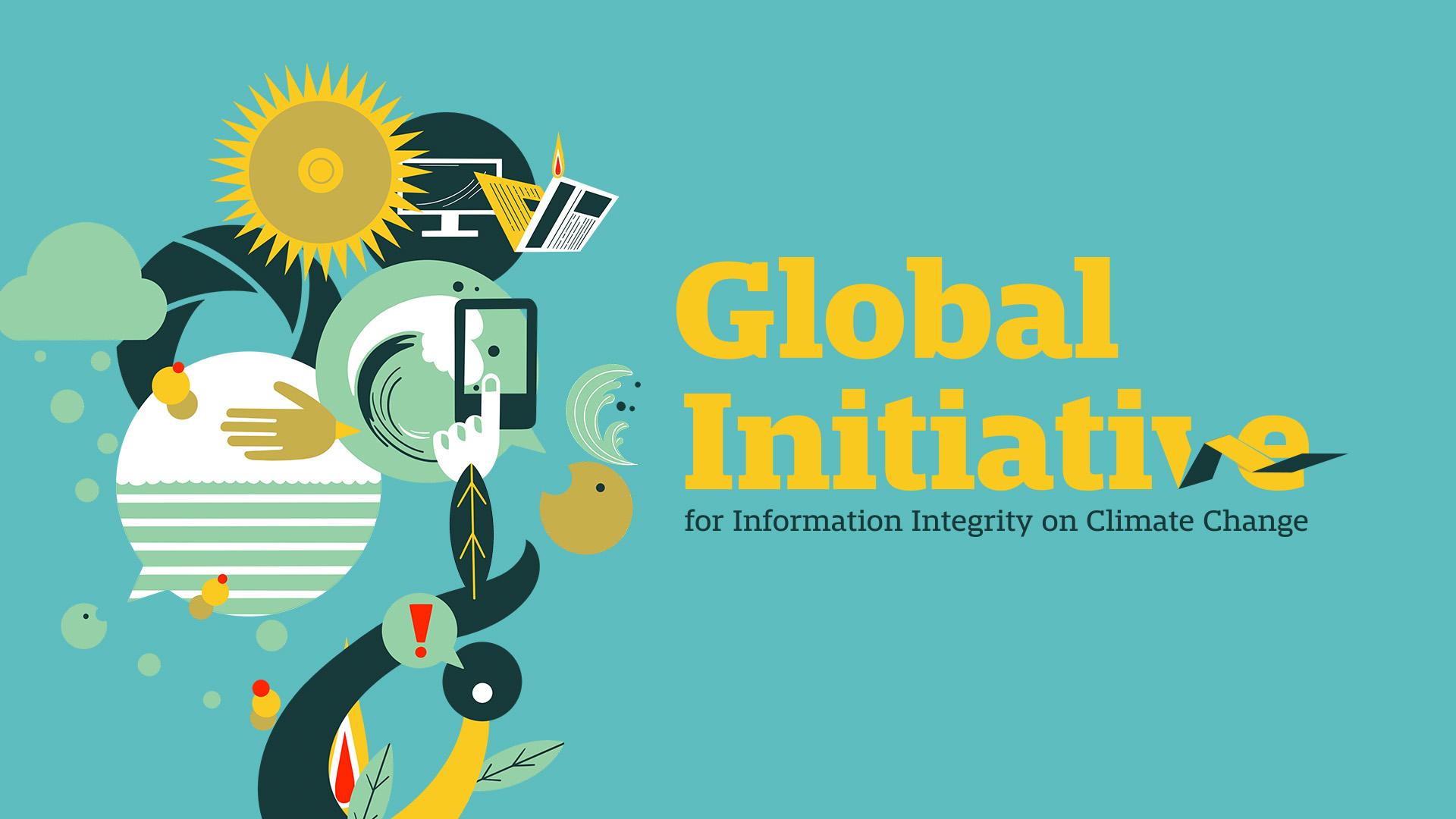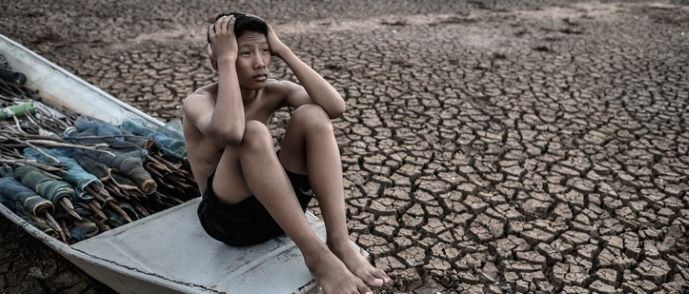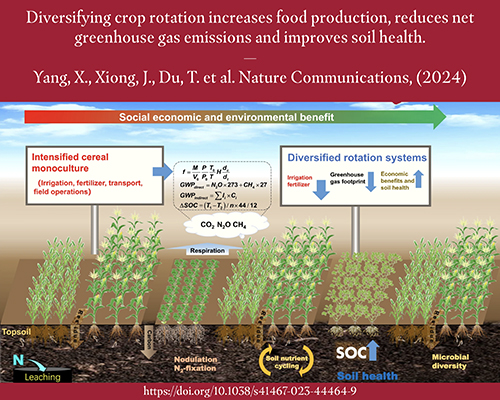Report on the Climate-Induced Insurance Crisis and its Impact on Sustainable Development Goals
Executive Summary
The increasing frequency and intensity of climate-related natural disasters are precipitating a crisis in the property insurance market, particularly in high-risk regions of the United States. This report analyzes the situation, using Sanibel Island, Florida, as a primary case study, to illustrate how the crisis directly undermines progress toward several Sustainable Development Goals (SDGs), including SDG 1 (No Poverty), SDG 10 (Reduced Inequalities), SDG 11 (Sustainable Cities and Communities), and SDG 13 (Climate Action). The collapse of private insurance markets, rising premiums, and inadequate post-disaster rebuilding efforts threaten economic stability, exacerbate social inequity, and challenge the resilience of human settlements.
The Impact of Climate-Related Disasters on Community Resilience and Economic Stability (SDG 11, SDG 8)
Case Study: Sanibel Island, Florida
- For decades, Sanibel Island represented a stable, low-risk environment, profitable for insurers.
- A series of catastrophic hurricanes, beginning with Ian in 2022 and followed by Helene and Milton in 2024, exposed the island’s extreme vulnerability, a direct challenge to the objective of creating resilient communities under SDG 11.
- Hurricane Ian alone caused a storm surge of up to 12 feet, flooding thousands of homes, collapsing critical infrastructure, and displacing residents.
- The National Flood Insurance Program (NFIP) faced $620 million in claims from Sanibel, a hundredfold increase over the total paid in the previous four decades, demonstrating the failure of existing systems to manage climate risk.
Broader Economic Consequences and Threats to SDG 8
- The financial shock extended beyond Sanibel to communities like Fort Myers Beach and Cape Coral, with flood payouts exceeding $1 billion and property insurers paying billions more.
- This financial strain has led to the insolvency of dozens of insurers in Florida, Louisiana, and California, while major national insurers have withdrawn or scaled back coverage in high-risk states.
- This market instability directly threatens SDG 8 (Decent Work and Economic Growth) by disrupting the housing market, hindering real estate transactions, and making it difficult for homeowners to secure mortgages.
- The real estate market in storm-prone areas shows signs of stalling, with a significant oversupply of properties for sale, indicating a loss of economic confidence.
Climate Action and Sustainable Development Challenges (SDG 13, SDG 10)
The Failure of Current Risk Models and the Urgency of SDG 13
- The insurance industry’s traditional risk models, based on historical climate stability, are now obsolete, proving inadequate for predicting the frequency and severity of climate-fueled events.
- Experts describe the insurance crisis as the “canary in the coal mine” for broader climate impacts, signaling an urgent need for comprehensive climate action as outlined in SDG 13.
- The trend of escalating disasters, including wildfires in California and hurricanes along the Gulf Coast, points toward an “uninsurable future” without significant mitigation and adaptation efforts.
Exacerbating Social and Economic Inequalities (SDG 10, SDG 1)
- The crisis disproportionately affects low and middle-income households, undermining SDG 10 (Reduced Inequalities).
- Homeowner’s insurance costs have risen 30 to 40 percent nationally in five years, with rates in Florida up to four times the national average.
- The cancellation of nearly two million homeowner policies between 2018 and 2023 has forced residents to seek more expensive coverage or go without, increasing their vulnerability to financial ruin.
- This trend threatens to push households into poverty (SDG 1), as seen with residents who sold their homes due to unaffordable insurance premiums.
Policy Responses and Gaps in Building Sustainable Infrastructure (SDG 9, SDG 11)
Governmental Interventions and Their Limitations
- In response to private market failures, more than 30 states have created state-backed “insurer of last resort” plans, such as Florida’s Citizens Property Insurance Corporation.
- The federal government’s National Flood Insurance Program (NFIP) remains a primary provider of flood coverage after private insurers abandoned the market.
- These government-backed programs are financially unsustainable. The NFIP is approximately $20 billion in debt to the U.S. Treasury, and state plans have been forced to implement drastic rate hikes.
- This demonstrates a systemic failure to create a sustainable financial infrastructure capable of supporting communities in the face of climate change.
Challenges in Post-Disaster Reconstruction and Adaptation
- Post-disaster rebuilding efforts often fail to incorporate necessary resilience measures, a critical component of SDG 9 (Industry, Innovation, and Infrastructure) and SDG 11.
- On Sanibel Island, many damaged homes have not been elevated to protect against future flooding, often because the cost—up to $200,000—is prohibitive for homeowners.
- Regulatory requirements, such as the NFIP’s 50 percent rule for mandatory elevation, are sometimes circumvented through property reassessments, leaving communities vulnerable to repeated disasters.
- The lack of funding and support for resilient reconstruction perpetuates a cycle of damage and loss, hindering the development of truly sustainable and safe communities.
1. Which SDGs are addressed or connected to the issues highlighted in the article?
-
SDG 1: No Poverty
The article highlights how climate-related disasters can lead to significant financial loss and displacement, pushing individuals and families towards economic vulnerability. The story of Daniel Moore Thompson, who “basically lost everything,” and Deborah Brown, who had to sell her house due to unaffordable insurance, illustrates how these events can strip people of their assets and livelihoods, connecting directly to poverty and resilience.
-
SDG 9: Industry, Innovation and Infrastructure
The article discusses the damage to critical infrastructure, such as the “collapsing part of the only causeway on and off Sanibel.” It also addresses the vulnerability of housing infrastructure, noting that “many older homes are at ground level” and remain susceptible to future floods. This relates to the need for resilient infrastructure that can withstand climate-related hazards.
-
SDG 11: Sustainable Cities and Communities
The core of the article focuses on the impact of hurricanes on communities like Sanibel Island, Fort Myers, and Cape Coral. It details the destruction of homes, the displacement of residents (“forcing some year-round residents into exile for over a year”), and the disruption of local housing markets, all of which are central to making cities and human settlements inclusive, safe, resilient, and sustainable.
-
SDG 13: Climate Action
This is the most prominent SDG in the article. The text explicitly links the increasing frequency and severity of natural disasters to climate change, referring to “climate-fueled storms, wildfires,” “sea levels rise,” and a “hotter, wetter world.” The entire discussion of the insurance crisis is framed as a direct consequence of failing to account for escalating climate risks.
-
SDG 15: Life on Land
The article briefly touches upon land use and conservation as a risk mitigation strategy. It mentions that Sanibel officials had taken steps to “reduce their risks, limiting development to a third of the 12-mile-long island and setting aside land for a federal wildlife preserve,” connecting disaster resilience with the protection of terrestrial ecosystems.
2. What specific targets under those SDGs can be identified based on the article’s content?
-
SDG 1: No Poverty
- Target 1.5: By 2030, build the resilience of the poor and those in vulnerable situations and reduce their exposure and vulnerability to climate-related extreme events and other economic, social and environmental shocks and disasters. The article is a case study of this target, showing how residents of Sanibel Island and other coastal areas are exposed to and made vulnerable by hurricanes, leading to immense economic shocks.
-
SDG 9: Industry, Innovation and Infrastructure
- Target 9.1: Develop quality, reliable, sustainable and resilient infrastructure… to support economic development and human well-being. The collapse of the Sanibel causeway and the flooding of ground-level homes demonstrate a lack of resilient infrastructure, which is critical for community well-being and economic stability.
-
SDG 11: Sustainable Cities and Communities
- Target 11.5: By 2030, significantly reduce the number of deaths and the number of people affected and substantially decrease the direct economic losses… caused by disasters… with a focus on protecting the poor and people in vulnerable situations. The article provides extensive data on the economic losses (e.g., “$620 million in claims” on Sanibel) and the number of people affected (“thousands of single-family homes and condominiums” flooded).
- Target 11.b: …increase the number of cities and human settlements adopting and implementing integrated policies and plans towards… mitigation and adaptation to climate change, resilience to disasters… The article mentions Sanibel’s past efforts to limit development, but the scale of the disaster shows these plans were insufficient, highlighting the need for more robust adaptation strategies like elevating homes.
-
SDG 13: Climate Action
- Target 13.1: Strengthen resilience and adaptive capacity to climate-related hazards and natural disasters in all countries. The entire narrative—from the failure of old insurance models to the destruction of homes and the displacement of residents—points to a critical need to strengthen resilience and adaptive capacity in the face of more frequent and intense “climate-fueled storms.”
3. Are there any indicators mentioned or implied in the article that can be used to measure progress towards the identified targets?
-
For SDG 11, Target 11.5 (Reduce disaster losses):
- Mentioned Indicator: Direct economic loss attributed to disasters. The article provides specific figures:
- “$620 million in claims” from the National Flood Insurance Program (NFIP) on Sanibel Island from Hurricane Ian.
- “Over $1 billion in flood payouts” for homeowners in Fort Myers Beach, Cape Coral, and Punta Gorda.
- Damages in Florida “exceeding $300 billion” in the last seven years.
- Implied Indicator: Number of people affected by disasters. The article mentions “5,000-odd residents” on Sanibel, “thousands of single-family homes and condominiums” being flooded, and “some year-round residents into exile for over a year.”
- Mentioned Indicator: Direct economic loss attributed to disasters. The article provides specific figures:
-
For SDG 13, Target 13.1 (Strengthen resilience):
- Mentioned Indicator: Number of government-recognized disasters. The article states, “Since 2000, Florida has had 36 presidential disaster declarations.”
- Implied Indicator: Number of people and businesses with access to affordable disaster insurance. The article details a crisis where insurers are canceling policies (“nearly 2 million homeowner’s policies” canceled from 2018-2023) and costs are soaring, indicating a decline in resilience through financial protection mechanisms.
- Implied Indicator: Proportion of vulnerable infrastructure. The article notes that “many older homes are at ground level” and that 70% of flood losses came from such properties, serving as a measure of low resilience.
-
For SDG 9, Target 9.1 (Resilient infrastructure):
- Implied Indicator: Proportion of critical infrastructure damaged or destroyed by disasters. The “collapsing part of the only causeway” is a direct measure of infrastructure failure.
4. Table of SDGs, Targets, and Indicators
| SDGs | Targets | Indicators |
|---|---|---|
| SDG 1: No Poverty | 1.5: Build resilience of the poor and vulnerable to climate-related extreme events and other shocks and disasters. |
|
| SDG 9: Industry, Innovation and Infrastructure | 9.1: Develop quality, reliable, sustainable and resilient infrastructure. |
|
| SDG 11: Sustainable Cities and Communities | 11.5: Significantly reduce the number of people affected and the direct economic losses caused by disasters. |
|
| SDG 13: Climate Action | 13.1: Strengthen resilience and adaptive capacity to climate-related hazards and natural disasters. |
|
| SDG 15: Life on Land | 15.1: Ensure the conservation, restoration and sustainable use of terrestrial and inland freshwater ecosystems. |
|
Source: e360.yale.edu







